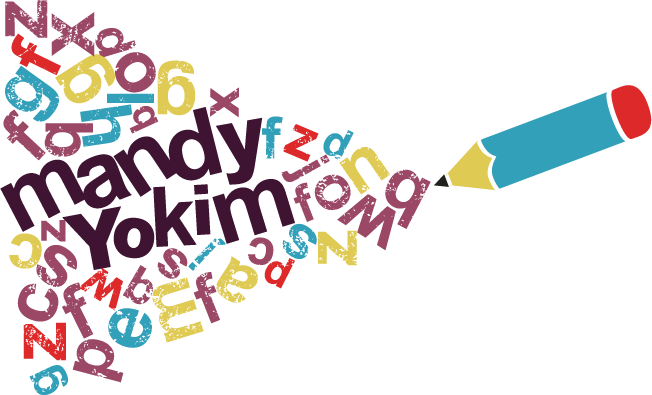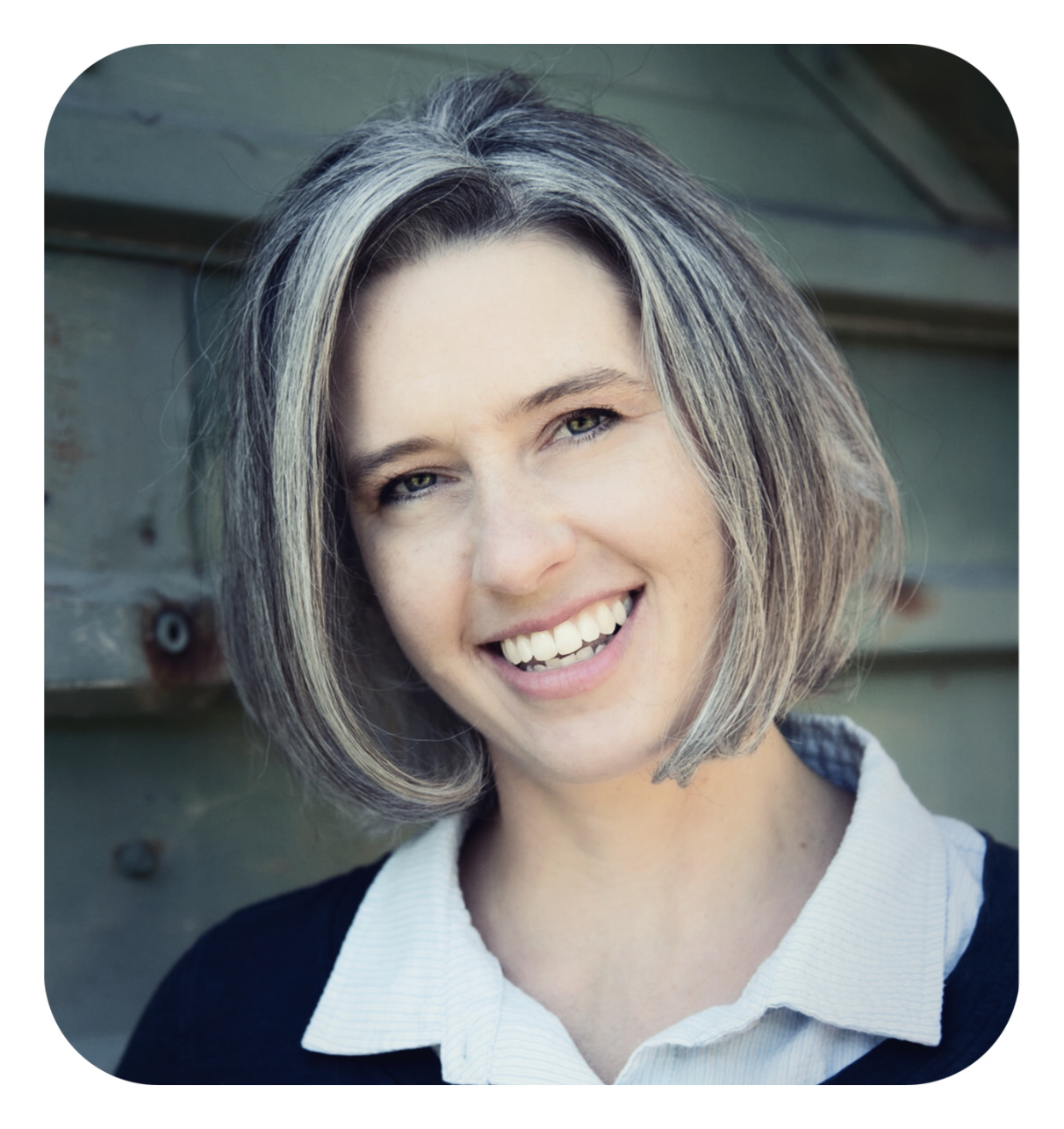Author Spotlight: Mary Jane Miller Talks Iconography and Spirituality
I’m happy to add another post in my Author Spotlight series today – this time, in the religious art genre. In previous spotlights, I’ve featured authors who have written science fiction, young adult adventure, children’s picture books, middle grade historical fiction, financial literacy, memoir, fiction with a mental health theme, guide books for addressing different family topics and spiritual self-help. Thanks for reading and now…
Meet Mary Jane Miller, author of The Mary Collection and Icon Painting Revealed, both books inspired by her journey as a self-taught icon painter. Icons are a type of religious art which was originally used by the Christian church to teach religious doctrine. Miller is knowledgeable on the icon tradition’s long history and in this Author Spotlight, she gives us insight into why she enjoys writing and painting in this genre, her experience with the publishing process, and advice for others hoping to write a book and follow their calling in life.
Buy Mary Jane Miller’s books and find out more about her work at http://www.sanmiguelicons.com/.
Tell us about your books.
I have written two books. The first one is The Mary Collection: A Meditation on the Madonna and Child, which includes 18 images that capture the great mystery of Mary and her unending motherly love. I created a DVD that documents how I painted that collection of icons over a period of one year in my studio. The second book is Icon Painting Revealed, which is a step by step illustrated guide to the process of icon painting and how it reflects and enriches one’s spiritual life because I believe the process of painting icons is an interior journey. Egg tempera is a challenging technique but I tried to simplify the process with this book. I also published two coloring books, Ancient Image, Sacred Lines and One Mind, One World – both of these offer spiritual imagery that is bold, historical and fun to color. There’s a journal space beside each image for jotting down reflections and insights.
 What is your inspiration for creating these books?
What is your inspiration for creating these books?
The infinite range of imagination and potential found in classic iconography influences my writing. I like to imagine a world where there is no good, better and best, only a desire for kindness and mercy. I am inspired by a world where we are grateful for all that surrounds us and where we attempt to connect and respect each other without losing our individual identities. My work is committed to a global culture of non-violence, respect, justice, and peace.
What was your writing process like?
I have a mind full of images and journals filled with words and concepts. I think I write like I paint. I love the beginning and the end and that the middle is filled with variables. As an artist you cannot help but be attracted to everything visual and sensory, the tools are paint, color, form, brushes, shadow, light, proportion, abstract and unknown. I suppose writing is the same. Making words come alive on a page for the reader is good story telling – you’re trying to share what the mind sees and translate it into words.
I paint several paintings at the same time and write on many topics at the same time. I like variety so when I go back to something unfinished, the words take a new order because something has changed in my absence. All strokes and sentences become new again.
What publishing route did you choose and why?
I have only used Lulu.com, which is a way to self publish. I would say, for me, I noticed that the competition is intense to get published because there are so many great writers and artists. I don’t want to compete or get rejected. I have my story to tell from my own experience and, up until now, I have been targeting a fairly unique market for iconography. I have lacked confidence at times but my story is getting clearer and, as I’m getting older, I want to leave a legacy of what I’ve learned.
Tell us about how you’re marketing your work?
I do a variety of things. I run a couple of different websites where I write and showcase my art. I also publish article online and in print publications. I am active on Facebook, LinkedIn, Twitter and YouTube. I put my books on Lulu.com and Amazon. Lastly, I teach workshops and retreats each year.
 Are you working on other projects now?
Are you working on other projects now?
Yes, I am currently working on a larger book about the absence of women in iconography and their silent voices in the Christian church. The format will include icon history, biographical info, and insights over 20 years working in the egg tempera medium and with iconography’s ancient visual language. The book will include large images painted by me and text description beside each one.
What advice do you have for other writers who may want to write a book?
Get up at night and write that idea down. Leave your work alone from time to time, the middle is not always the middle, creative things happen when you let go of the agenda and initial outline. Watch out for too many words. Go with your heart.
What has been your favorite part of this journey so far?
At 62 I never thought I had anything to say much less the grace to say it. I have surprised myself and wonder how I am here now doing this. Sometimes after reading something 50 times you can still find it interesting, it is spectacular. You might change one little word and it is like adding the final stroke to a painting. Words and ideas on paper are like paintings for me. Recently poetry has popped up unexpectedly in my orbit, a few words in the correct order can be so simple, something like,”live in the light”. No explanation is offered, four words, yet it opens a world in the reader’s heart and causes us to stand back and breathe. Beauty always does that.
Thanks so much to Mary Jane for sharing her thoughts with us. To learn more about her work and to purchase her books, check out these sites:
I want to read more Author Spotlights!


